Results 9,031 to 9,040 of 12094
Thread: Anandtech News
-
01-09-19, 08:08 AM #9031
Anandtech: CES 2019: GIGABYTE’s Tower of EPYC
With many enterprise platforms developers have various goals for their software, such as high performance, throughput, storage, or tackling the main issue of the day. It’s one thing to write software on one type of machine then deploy it to the datacenter, but it’s another to write code on a similar machine to what it will end up on. Most big server platforms will, in one form or another, have an OEM that will offer the equivalent of a ‘development tower’, enabling users to write code with the hardware at the desk. This time, GIGABYTE has developed an EPYC Tower, for both code development and small/medium enterprise deployments.
The W291-Z00, a name that rolls right off the tongue, is a single socket EPYC platform built around one of GIGABYTE’s motherboards and can fit up to 32 cores, 64 threads, 1 TB of DRAM (eight slots), and four high-powered GPUs. The idea here is that this can be built as a beast if needed, and the chassis uses air baffles to support passive GPUs or accelerators as well. There is the equivalent of nine PCIe slots in the chassis, allowing accelerators larger than dual-slot to be supported even on the lowest PCIe slot. These are powered by dual redundant 1600W 80Plus Platinum-rated power supplies.
For storage, there are four hot-swappable bays on the front that support 3.5-inch and 2.5-inch SATA or SAS drives, and there is also an M.2 slot on the motherboard. Additional storage is supported through riser cards on the PCIe slots, or through the four mini-SAS ports for a total of 16 drives. Management is from the ASpeed AST2500 BMC, and each of the four fans can be adjusted by GIGABYTE’s console management UI. Networking is with two Intel I210-AT gigabit networking ports, plus another for the BMC.
GIGABYTE’s target markets for the W291-Z00 include small offices, small/medium enterprise, and universities, or anyone looking at simulation, machine learning, or AI/HPC workloads. With GPUs, the company is also targeting accelerated AI workloads, as well as graphical CAD and rending workloads.
While the product is available from today, as this product is from GIGABYTE’s server team, interested parties will have to contact their local distribution partner for pricing.
More...
-
01-09-19, 09:40 AM #9032
Anandtech: CES 2019: Liquid Cooled Power Supplies from FSP, up to 1200W
A few years ago I remember visiting a company at the Computex trade show that was showing off a prototype liquid cooled power supply. At the time I said that the concept was a bit extreme, and the pricing they were thinking of doing it at was immense. Fast forward a few years and a different company, this time FSP, is making the splash with the concept. The FSP Hydro PTM+ 1200W is a water cooled 1200W power supply that is already on the market, and the company was showing off its new 850W model.
In each instance, a water block is built into the power supply, with the water block coming from BitsPower. With the larger 1200W unit, users get treated to a metallic shipping container, special cabling for the PCIe and 24-pin/8-pin connectors, and some tubing with fittings already included. This obviously contributes to the $699 cost. By contrast, the 850W unit comes in a standard box and is more cost effective at $399. The 850W unit will be available from the end of Q1.
These units from FSP also have a fan for air cooling. The reasoning behind this, according to FSP, is in case the water cooling loop fails or isn't built correctly. The fan automatically comes on at 50% load anyway, for what it's worth. We were also told that the 1200W and 850W ratings are in air cooled mode - when the system is liquid cooled, the power supplies are rated to 1400W and 1000W respectively.
FSP recommends installing its liquid cooled power supplies at the top of the case, because if the loop leaks, it won't fall in and break the power supply. That's their general suggestion for any water cooling build.
More...
-
01-09-19, 12:34 PM #9033
Anandtech: AMD Ryzen 3rd Gen 'Matisse' Coming Mid 2019: Eight Core Zen 2 with PCIe 4.
Blink and you miss it: AMD's keynote address this year was a whirlwind of primetime announcements for the company. The message is clear: AMD is committing itself to 7nm as the future process note that will drive the company's innovations starting in 2019. The first consumer products on 7nm will be the Ryzen 3rd Generation Desktop processors, using Zen 2 cores, offering more than competitive performance against Intel's best hardware. Also on the docket is a return to high-end graphics performance, with AMD set to release a 7nm graphics card that can spar blow-for-blow with the competition at the $700 price barrier.
More...
-
01-09-19, 12:34 PM #9034
Anandtech: AMD Reveals Radeon VII: High-End 7nm Vega Video Card Arrives February 7th
As it turns out, the video card wars are going to charge into 2019 quite a bit hotter than any of us were expecting. Moments ago, as part of AMD’s CES 2019 keynote, CEO Dr. Lisa Su announced that AMD will be releasing a new high-end, high-performance Radeon graphics card. Dubbed the Radeon VII (Seven), AMD has their eyes set on countering NVIDIA’s previously untouchable GeForce RTX 2080. And, if the card lives up to AMD’s expectations, then come February 7th it may just as well do that.
Today’s announcement is interesting in that it’s just as much about technology as it is the 3D chess that is the market positioning fights between AMD and NVIDIA. Technically AMD isn’t announcing any new GPUs here – regular readers will correctly guess that we’re talking about Vega 20 – but the situation in the high-end market has played out such that there’s now a window for AMD to bring their cutting-edge Vega 20 GPU to the consumer market, and this is a window AMD is looking to take full advantage of.
At a high level then, the Radeon VII employs a slightly cut down version of AMD’s Vega 20 GPU. With 60 of 64 CUs enabled, it actually has a few less CUs than AMD’s previous flagship, the Radeon RX Vega 64, but it makes up for the loss with much higher clockspeeds and a much more powerful memory and pixel throughput backend. As a result, AMD says that the Radeon VII should beat their former flagship by anywhere between 20% and 42% depending on the game (with an overall average of 29%), which on paper would be just enough to put the card in spitting distance of NVIDIA’s RTX 2080, and making it a viable and competitive 4K gaming card.
Diving into the numbers a bit more, if you took AMD’s second-tier Radeon Instinct MI50 and made a consumer version of the card, the Radeon VII is almost exactly what it would look like. It has the same 60 CU configuration paired with 16GB of HBM2 memory. However the Radeon VII’s boost clock is a bit higher – 1800MHz versus 1746MHz – so AMD is getting the most out of those 60 CUs. Still, it’s important to keep in mind that from a pure FP32 throughput standpoint, the Vega 20 GPU was meant to be more of a sidegrade to Vega 10 than a performance upgrade; on paper the new card only has a 9% compute throughput advantage. So it’s not on compute throughput where Radeon VII’s real winning charm lies.AMD Radeon Series Specification Comparison AMD Radeon VII AMD Radeon RX Vega 64 AMD Radeon RX 590 AMD Radeon R9 Fury X Stream Processors 3840
(60 CUs)4096
(64 CUs)2304
(36 CUs)4096
(64 CUs)ROPs 128 64 32 64 Base Clock ? 1247MHz 1469MHz N/A Boost Clock 1800MHz 1546MHz 1545MHz 1050MHz Memory Clock 2.0Gbps HBM2 1.89Gbps HBM2 8Gbps GDDR5 1Gbps HBM Memory Bus Width 4096-bit 2048-bit 256-bit 4096-bit VRAM 16GB 8GB 8GB 4GB Single Precision Perf. 13.8 TFLOPS 12.7 TFLOPS 7.1 TFLOPS 8.6 TFLOPS Board Power 300W? 295W 225W 275W Manufacturing Process TSMC 7nm GloFo 14nm GloFo/Samsung 12nm TSMC 28nm GPU Vega 20 Vega 10 Polaris 30 Fiji Architecture Vega
(GCN 5)Vega
(GCN 5)GCN 4 GCN 3 PCIe 4.0 x16
3.0 x163.0 x16 3.0 x16 3.0 x16 Transistor Count 13.2B 12.5B 5.7B 8.9B Launch Date 02/07/2019 08/14/2017 11/15/2018 06/24/2015 Launch Price $699 $599 $279 $649
Instead, the biggest difference between the two cards is on the memory/ROP backend. Radeon Vega 64 (Vega 10) featured 64 ROPs and 2 HBM2 memory channels running at 1.89Gbps each, for a total of 484GB/sec of memory bandwidth. Radeon VII (Vega 20) doubles this and then some to 128 ROPs and 4 HBM2 memory channels, which also means memory capacity has doubled to 16GB. And then there’s the clockspeed boost on top of this: 1800MHz for the ROPs, and 2.0Gbps for the HBM2 memory. As a result Radeon VII has a lot more pixel pushing power, and a lot more in the way of resources to feed it to get there. Given these changes and AMD’s performance estimates, I think this lends a lot of evidence to the idea that Vega 10 was unbalanced – it needed more ROPs and/or more memory bandwidth to feed it – but that’s something we’ll save for the eventual review.
Past that, as this is still a Vega architecture product, it’s the Vega we all know and love. There are no new graphical features here, so even if AMD has opted to shy away from putting Vega in the name of the product, it’s going to be comparable to those parts as far as gaming is concerned. The Vega 20 GPU does bring new compute features – particularly much higher FP64 compute throughput and new low-precision modes well-suited for neural network inferencing – but these features aren’t something consumers are likely to use. Past that, AMD will be employing some mild product segmentation here to avoid having the Radeon VII cannibalize the MI50 – the Radeon VII does not get PCIe 4.0 support, nor does it get Infinity Link support –
The other wildcard for the moment is TDP. The MI50 is rated for 300W, and while AMD’s event did not announce a TDP for the card, I fully expect AMD is running the Radeon VII just as hard here, if not a bit harder. Make no mistake: AMD is still having to go well outside the sweet spot on their voltage/frequency curve to hit these high clockspeeds, so AMD isn’t even trying to win the efficiency race. Radeon VII will be more efficient than Radeon Vega 64 – AMD is saying 25% more perf at the same power – but even if AMD hits RTX 2080’s performance numbers, there’s nothing here to indicate that they’ll be able to meet its efficiency. This is another classic AMD play: go all-in on trying to win on the price/performance front.
Accordingly, the Radeon VII is not a small card. The photos released show that it’s a sizable open-air triple fan cooled design, with a shroud that sticks up past the top of the I/O bracket. Coupled with the dual 8-pin PCIe power plugs on the rear of the card, and it’s clear AMD intends to remove a lot of heat. Both AMD and NVIDIA have now gone with open-air designs for their high-end cards on this most recent generation, so it’s an interesting development, and one that favors AMD given their typically higher TDPs.
Vendor performance claims should always be taken with a grain of salt, but for the moment this is what we have. If AMD manages to reach RTX 2080 performance, then I expect this to be another case of where the two cards are tied on average but are anything but equal; there will be games where AMD falls behind, games where they do tie the RTX 2080, and then even some games they pull ahead in. These scenarios are always the most interesting for reviewers, but they’re also a bit trickier for consumers since it means there’s no clear-cut winner.
All told then, the competitive landscape is going to be an interesting one. AMD’s own proposition is actually fairly modest; with a $699 price tag they’re launching at the same price as the RTX 2080, over four months after the RTX 2080. They are presumably not going to be able to match NVIDIA’s energy efficiency, and they won’t have feature parity since AMD doesn’t (yet) have its own DirectX Raytracing (DXR) implementation.
But what AMD does have, besides an at least competitive price and presumably competitive performance in today’s games, is a VRAM advantage. Whereas NVIDIA didn’t increase their VRAM amounts between generations, AMD is for this half-generation card, giving them 16GB of VRAM to RTX 2080’s 8GB. Now whether this actually translates into a performance advantage now or in the near future is another matter; AMD has tried this gambit before with the Radeon 390 series, where it didn’t really pay off. On the other hand, the fact that NVIDIA’s VRAM capacities have been stagnant for a generation means that AMD is delivering a capacity increase “on schedule” as opposed to ahead of schedule. So while far from guaranteed, it could work in AMD’s favor. Especially as, given the performance of the card, AMD intends for the Radeon VII to be all-in on 4K gaming, which will push memory consumption higher.
Finally on the gaming front, not content to compete on just performance and pricing, AMD will also be competing on gaming bundles. The Radeon VII will be launching with a 3 game bundle, featuring Resident Evil 2, Devil May Cry 5, and The Division 2. NVIDIA of course launched their own Anthem + Battlefield V bundle at the start of this week, so both sides are now employing their complete bags of tricks to attract buyers and to prop up the prices of their cards.
Speaking of pricing, perhaps the thing that surprises me the most is that we’re even at this point – with AMD releasing a Vega 20 consumer card. When they first announced Vega 20 back in 2018, they made it very clear it was going to be for the Radeon Instinct series only. That the new features of the Vega 20 GPU were better suited for that market, and more importantly as a relatively large chip (313mm2) for this early in the life of TSMC’s 7nm manufacturing node, yields were going to be poor.
So that AMD is able to sell what are admittedly defective/recovered Vega 20s in a $699 card, produce enough of them to meet market demand, and still turn a profit on all of this is a surprising outcome. I simply would not have expected AMD to get a 7nm chip out at consumer prices this soon. All I can say is that either AMD has pulled off a very interesting incident of consumer misdirection, or the competitive landscape has evolved slowly enough that Vega 20 is viable where it otherwise wouldn’t have been. Or perhaps it’s a case of both.
Shifting gears for a second, while I’ve focused on gaming thus far, it should be noted that AMD is going after the content creation market with the Radeon VII as well. This is still a Radeon card and not a Radeon Pro card, but as we’ve seen before, AMD has been able to make a successful market out of offering such cards with only a basic level of software developer support. In this case AMD is expecting performance gains similar to the gaming side, with performance improving the more a workload is pixel or memory bandwidth bound.
Wrapping things up, the Radeon VII will be hitting the streets on February 7th for $699. At this point AMD has not announced anything about board partners doing custom designs, so it looks like this is going to be a pure reference card launch. As always, stay tuned and we should know a bit more information as we get closer to the video card’s launch date.
More...
-
01-09-19, 03:07 PM #9035
Anandtech: HP Announces EX950 M.2 NVMe SSD
HP has announced a new high-end consumer NVMe SSD, the HP EX950. The EX950 is the successor to the very successful HP EX920, which for most of 2018 was one of the most affordable high-end NVMe SSDs on the market. The EX950 replaces the EX920's Silicon Motion SM2262 controller with the newer SM2262EN controller, bringing performance improvements to remain competitive in the new year.
The EX950 uses the same Intel/Micron 64-layer 3D TLC NAND as the EX920, so all of the performance improvements are the result of controller and firmware optimization. The most significant claimed improvements are to write speeds, with the 1TB model specced for over 60% improved sequential writes and almost 50% faster random writes. The 1TB and 2TB models have slightly more overprovisioning than the EX920 (1000GB usable instead of 1024GB), which should also help sustained write speeds a bit. The EX920 and other SM2262 drives already had the best random read performance of any TLC-based drives we've tested, so the more modest improvements there are not a problem. Sequential read performance improves from 3.2GB/s to 3.5GB/s, coming even closer to the limits of a PCIe 3 x4 host connection.HP EX950 Specifications Capacity 512 GB 1 TB 2 TB Controller Silicon Motion SM2262EN NAND Flash Intel/Micron 64L 3D TLC Form-Factor, Interface double-sided M.2 2280 PCIe 3 x4 NVMe 1.3 Sequential Read 3500 MB/s 3500 MB/s 3500 MB/s Sequential Write 2250 MB/s 2900 MB/s 2900 MB/s Random Read 390k IOPS 410k IOPS 410k IOPS Random Write 370k IOPS 370k IOPS 380k IOPS Power Consumption Active 5.21 W 6.93 W 6.93 W Idle 0.73 W 0.73 W 0.73 W Warranty 5 years Write Endurance 320 TB
0.34 DWPD650 TB
0.36 DWPD1400 TB
0.38 DWPD
The EX950 line bumps up capacities, dropping the 256GB model and adding a 2TB model at the top. This is a trend we expect to see from many high-end NVMe product lines going forward, as 256GB drives don't have enough flash to keep a modern high-end controller busy. 256GB SSDs are still a fairly mainstream capacity, but those models cannot be advertised with the same extreme performance numbers.
HP has not yet announced when the EX950 is due to hit the shelves or what the pricing will be like, but our review samples have already arrived so the EX950 should be available for purchase soon. ADATA's SX8200 Pro based on the same SM2262EN hit the market in time for Black Friday and its prices have dropped a bit since release, so the EX950 will be facing very direct competition when it arrives.
More...
-
01-09-19, 03:07 PM #9036
Anandtech: CES 2019: Thermaltake Unveils Its WaterRAM RGB Liquid Cooled DDR4-3200 Mem
At CES 2019 Thermaltake officially entered the memory market with two new kits of DDR4 3200 RAM which not only include integrated water blocks but also includes 16.8 million color RGB customization. The new Thermaltake WaterRam looks to push the boundary of memory cooling products which is compatible with its RGB PLUS Ecosystem for uniformity with other compatible components.
The Thermaltake WaterRAM RGB DDR4-3200 memory features an XMP 2.0 one-click overclocking profile for easy application within the BIOS. The heatsinks themselves are constructed with 2 mm thick aluminium for good heat dissipation and Thermaltake advertise the WaterRAM heatsinks to reduce temperature by up to 37 % over conventional heatsinks.
The Thermaltake WaterRam uses dual G 1/4 connectors for compatibility with most water cooling fittings for easy installation. Across the top of the heatsinks is an addressable RGB LED bar with support for up to 16.8 million different colors. The RGB can be synced up with other Tt RGB PLUS Ecosystem compatible devices such as Razer Chroma, Amazon Alexa and even component-based technologies such as ASRock Polychrome, ASUS AURA Sync and GIGABYTE RGB Fusion.
Each kit of WaterRAM runs at DDR4-3200 C16 18-18-38 2x8 GB and has an operating voltage of 1.35 V. Thermaltake has informed us that the memory IC of choice comes from Hynix. Thermaltake has provided the WaterRam RGB Liquid Cooled memory with a limited lifetime warranty, but the water block element only features a 2-year warranty.
In terms of pricing, the 2x8 GB kit costs $250 while the 4x8 GB kit has an MSRP of $440. Availability is unknown, but Thermaltake state that the WaterRam is currently being pushed into retail channels imminently.
More...
-
01-09-19, 04:09 PM #9037
Anandtech: Toshiba at CES 2019: World’s First 16 TB TDMR HDD Debuts
Toshiba has announced the industry’s first hard drive featuring a 16 TB capacity. The MG08-series HDDs are designed for nearline applications and use two-dimensional magnetic recording (TDMR) technology, therefore offering consistent and predictable performance.
Toshiba’s MG08 3.5-inch helium-filled hard drives rely on nine 1.7 TB PMR platters developed by Showa Denko K.K. (SDK) as well as 18 reader/writer TDMR heads designed by TDK. The HDD features a 7200 RPM spindle speed, a 512 MB DRAM buffer, and a SATA 6 Gbps or SAS 12 Gbps interface (depending on the model). Since the MG08 HDDs are aimed at nearline applications that use hundreds of hard drives per rack and are subject to severe vibrations, the HDDs feature top and bottom attached motors, RVFF as well as environmental sensors and other innovations designed to improve reliability and ensure consistent performance.
Just like other nearline HDDs from Toshiba, the new MG08-series supports the company’s persistent write cache (PWC) with power loss protection (PLP), which is crucial for 4K sector drives that emulate 512B sectors. The PWC with PLP feature protects data in case of power loss while performing a read-modify-write (RMW) operation to align the source write request with the physical sectors it has to modify. RMW enables Toshiba to address clients who run legacy systems with high capacity points.
Toshiba’s MG08 drives represent a number of industry firsts. First up, Toshiba is the only company in world to use a nine-platter HDD design. It was necessary with its 14 TB hard drives as the company did not use TDMR back then (unlike Seagate). Secondly, the MG08 uses SDK’s PMR platters featuring a 0.635 mm z-height, that’s down from 0.8 mm disks usually used for eight-platter designs. Thirdly, it uses TDMR heads developed by TDK, which enabled Toshiba to use the said platters.
Surprisingly, Toshiba does not disclose performance numbers for its latest drives (possibly because it is still polishing off their firmware), but it is logical to assume that the new HDDs are faster than their predecessors both in terms of sustained transfer rate as well as random read/write operations because of higher areal density, an enlarged cache and other factors.
Toshiba rates its MG08 HDDs for 550 TB average annualized workload, 2.5 million hours MTBF and covers them with a standard five-year warranty. It is going to take Toshiba’s partners four to six months to validate the new HDDs before deployment. Therefore, mass production of the MG08 hard drives will start several months from now.
Related Reading:
- Toshiba Launches 12 TB and 14 TB HDDs for Desktops and NAS
- Toshiba Announces 14 TB PMR MG07ACA HDD: 9 Platters, Helium-Filled, 260 MB/s
- Toshiba Launches MN06ACA 10 TB HDD for NAS: 7 Platters, Up to 249 MB/s
Source: Toshiba
Gallery: Toshiba at CES 2019: World’s First 16 TB TDMR HDD Debuts

More...
-
01-10-19, 07:38 AM #9038
Anandtech: Lexar at CES 2019: 1 TB SDXC UHD-I Memory Card Announced
Lexar has announced the industry’s first commercial SD memory card featuring a 1 TB capacity. The SDXC card is designed for photo and video professionals who require massive capacities for their work. Despite offering record capacity, the card cannot boast with leading-edge performance.
The new Lexar Professional 633x 1 TB SDXC card uses the UHS-I bus and is rated for up to 95 MB/s read transfer speed (633x speed) as well as up to 70 MB/s write speed. The card supports the Video Speed Class 30 specification and therefore provides at least 30 MB/s sequential write speeds as well as simultaneous interleaving of eight different files (useful for 360° videos). When it comes to operating temperature range, the Professional 633x SDXC cards are designed to work in the range between 0° and 70° C (32°F to 158°F), which is a narrower when compared to cards designed to work in harsh environments.
Lexar does not disclose which memory it uses to build its Professional 633x SD cards. The brand is currently controlled by Longsys, which works with multiple suppliers of memory. Meanwhile, keeping in mind high densities required by high-capacity SD and microSD cards, it is likely that the 1 TB cards from Lexar uses leading-edge 3D NAND memory devices, most likely 512Gb 3D TLC dies.
The new card is already listed at Lexar’s website, so it is logical to expect it to be released commercially in the coming weeks. Obviously, a unique product that does not have direct rivals is priced accordingly: the 1 TB SDXC card carries an MSRP of $499.99.Lexar Professional 633x 1 TB SDXC Card 1 TB Sequential Read Speed up to 95 MB/s Sequential Write Speed 70 MB/s Minimum Sequential Write Speed 30 MB/s Random Read Speed ? Random Write Speed ? Operating Temperatures 0° and 70° C (32°F to 158°F) Interface UHS-I Availability Q1 2019 SDA Labels V30, U3, Class 10
It is interesting to note that the Lexar’s first SD card featuring a 1 GB capacity was introduced around 15 years ago. As it turns out, it has taken Lexar about 1.5 decades to increase capacity of its SD cards by 1000 times.
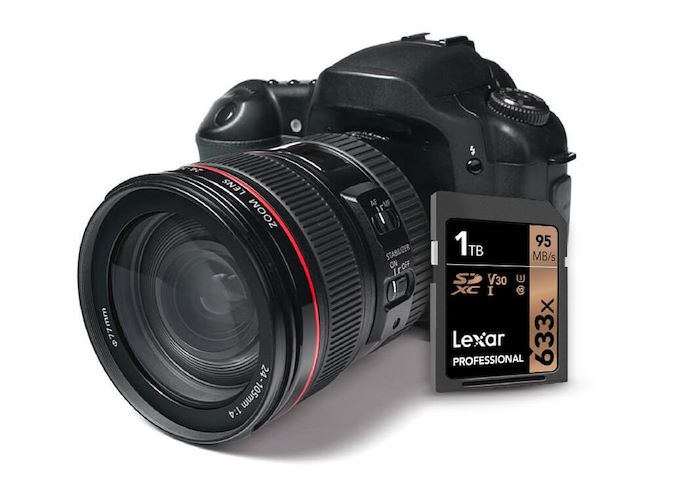
Related Reading:
- ADATA Launches Premier ONE UHS-II SD Cards: 3D MLC, Up to 290 MB/s, V90 Labels
- Sony Announces SF-G UHS-II SD Cards: Up to Nearly 300 MB/s Read/Write Performance
- Western Digital Shows Off Prototype 1TB SDXC Card at Photokina 2016
- Longsys Acquires Lexar Brand from Micron
- Micron Discontinues Lexar Business, Plans to Focus on Higher-Margin Products
Source: Lexar
More...
-
01-10-19, 09:26 AM #9039
Anandtech: CES 2019: FSP's Cannon 2000 Watt Power Supply
When you build a cannon of a system, perhaps with dual processors and four graphics cards and lots of RGB, then something needs to power it. FSP has just the product for you: the Cannon 2000W power supply.
We've seen power supplies this high in the consumer market before, and this is FSP's take. They originally built it for the mining market, and since that market has essentially dried up in recent months, the company is pitching it further afield. The unit is built on a single rail design, and adheres to ATX spec (210mm long), and has passed certification for 80 PLUS Gold, which guarantees 87% efficiency at 20% load, 90% efficiency at 50% load, and 87% efficiency at 100%. That last figure means that at a full 2000W, the system could be losing as much as 260W due to power losses. The power supply needs good cooling too.
The Cannon 2000W is already available in some markets, priced at $400.
More...
-
01-10-19, 09:26 AM #9040
Anandtech: CES 2019: TeamGroup And ASRock Release Phantom Gaming Branded Memory and S
One of the leading players in memory Team Group has joined forces with ASRock to release the Phantom Gaming branded T-FORCE DELTA Phantom Gaming RGB SSD and T-FORCE XCALIBUR Phantom Gaming RGB memory.
At the launch of Intel's Z390 chipset, ASRock dropped its Fatal1ty gaming branding and introduced the more premium Phantom Gaming series of motherboards to the market. Phantom gaming towards the top end of the product stack benefits from features such as 2.5 G Realtek Gaming NIC and good quality VRMs for better performance. To further enhance the Phantom gaming series, ASRock has teamed with TeamGroup to produce two new gaming-centric ranges of memory and storage devices.
T-FORCE DELTA Phantom Gaming RGB SSD (5 V)
Team Group and ASRock's partnership brings a new SSD to the market via the T-FORCE DELTA Phantom Gaming RGB SSD and it's available in three different capacities; 250 GB, 500 GB and 1 TB models. The new T-FORCE DELTA Phantom Gaming RGB SSD has a unique design which integrates addressable RGB LEDs which allows users to customize the look. To use the addressable features a motherboard with 5 V ADD headers are required.
The T-FORCE DELTA Phantom Gaming RGB SSDs are derived from the original DELTA RGB that we reviewed last year and the performance specifications are unchanged, so the new variants are probably still using last-generation 32-layer 3D NAND.
In terms of availability, the T-FORCE DELTA Phantom Gaming RGB SSDs is currently unknown although the 250 GB has an MSRP of $72 USD, the 500 GB $112 USD and the 1 TB model with an MSRP of $202.
T-FORCE XCALIBUR Phantom Gaming RGB DDR4
The T-FORCE XCALIBUR Phantom Gaming RGB DDR4 memory is certified and tested to work with ASRock's Phantom Gaming motherboard range. Integrated into the aluminium heatsinks is RGB LEDs which offer an ultra wide 120° viewing angle. These RGB LEDs can be synchronised with compatible motherboards for a uniformed aesthetic.
XMP 2.0 profiles are supported with the T-FORCE XCALIBUR Phantom Gaming RGB DDR4 in three different configurations. These include three 2x8GB kits in DDR4-3200 CL16 18-18-38, DDR4-3600 CL18 20-20-44 and DDR4-4000 CL18; all three kits have an operating voltage of 1.35 V.
Availability is currently unknown, but we know the DDR4-3200 2x8 GB kit has an MSRP of $175 USD and the DDR4-3600 2x8 GB kit has an MSRP of $215 USD. There is currently no pricing information available for the DDR4-4000 2x8 GB kit, but it's not expected to be cheap if priced in line with other DDR4-4000 kits currently on the market.
More...
Thread Information
Users Browsing this Thread
There are currently 17 users browsing this thread. (0 members and 17 guests)




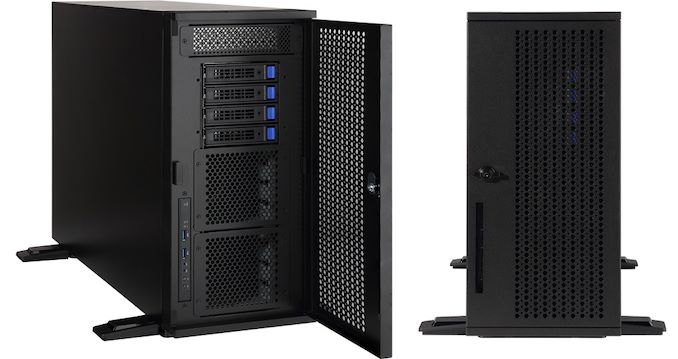
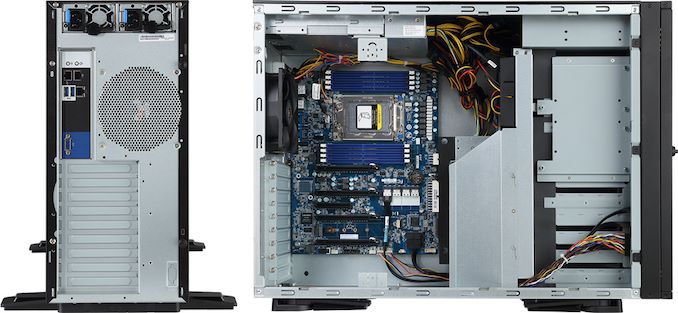
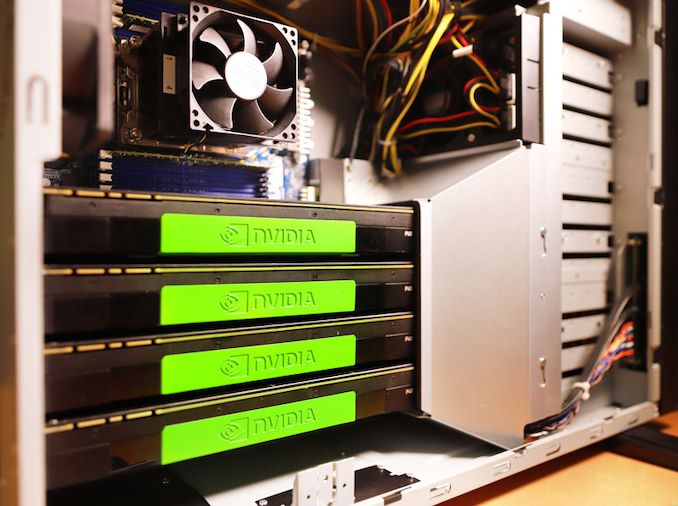

 Quote
Quote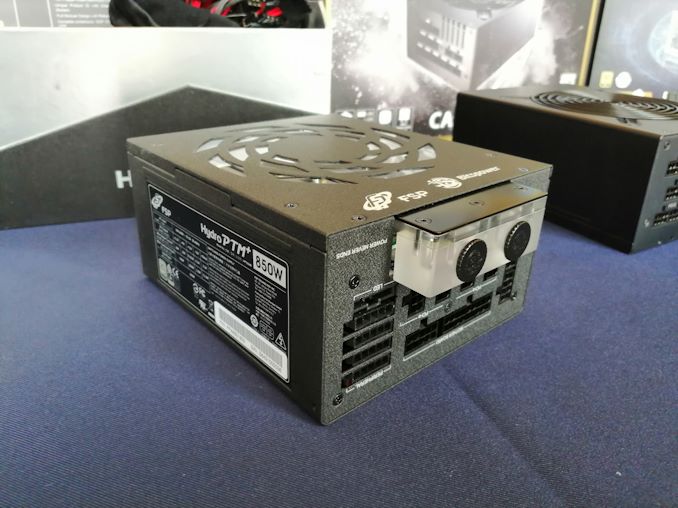
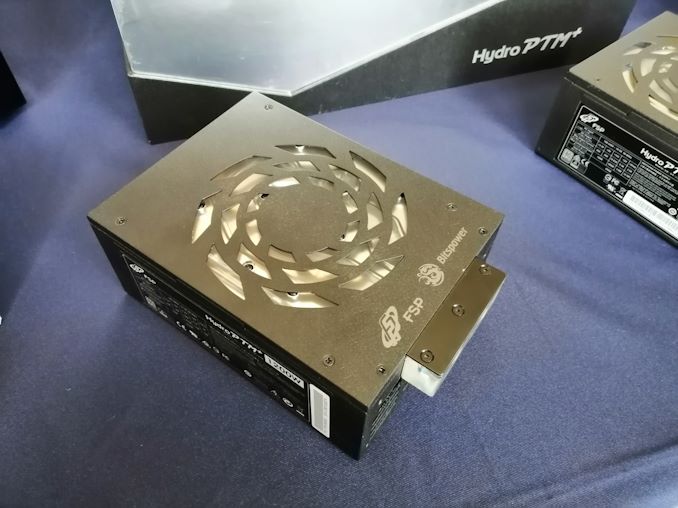
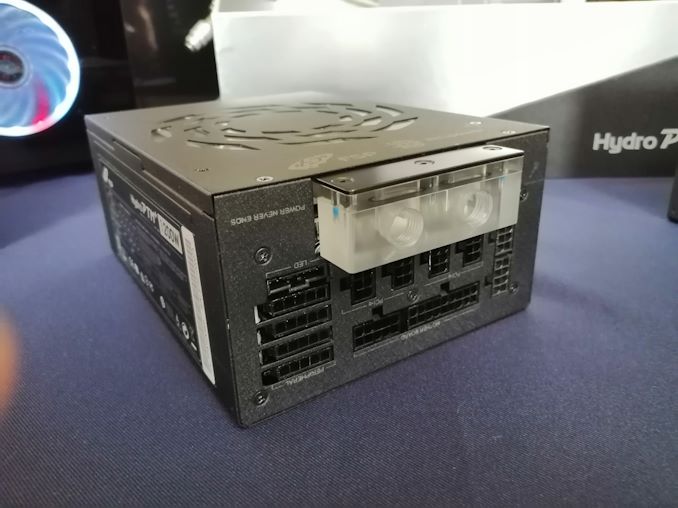
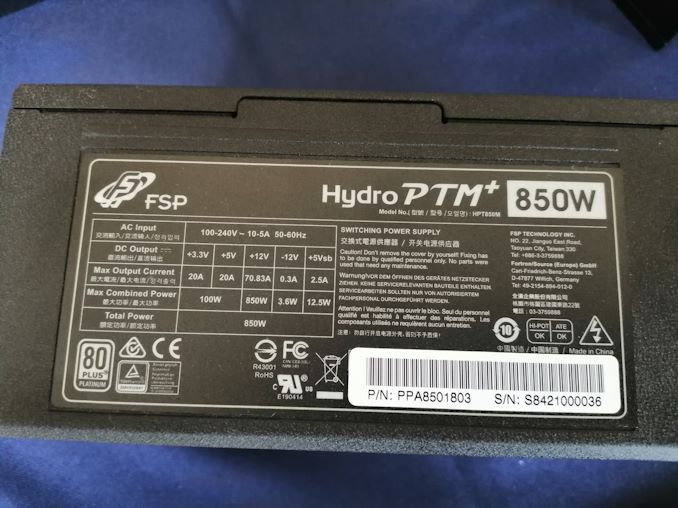
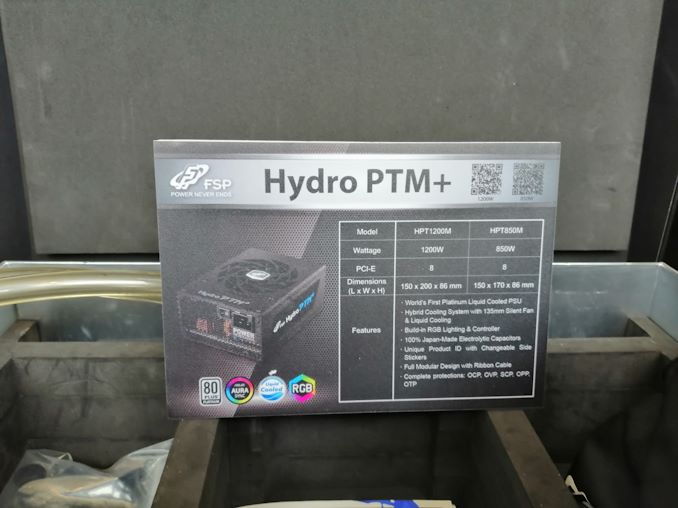
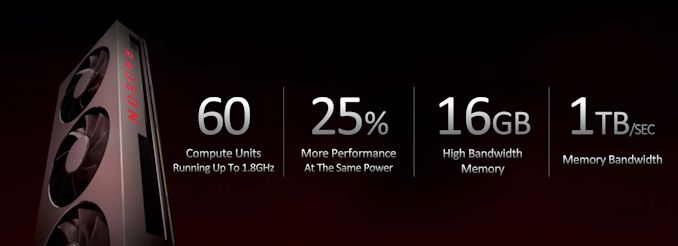

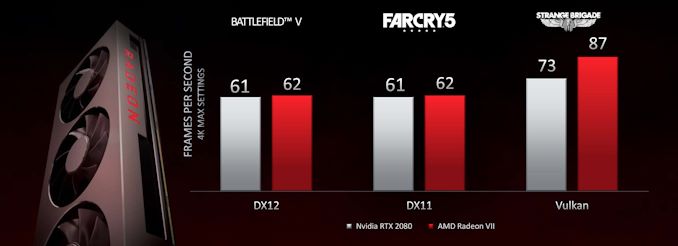
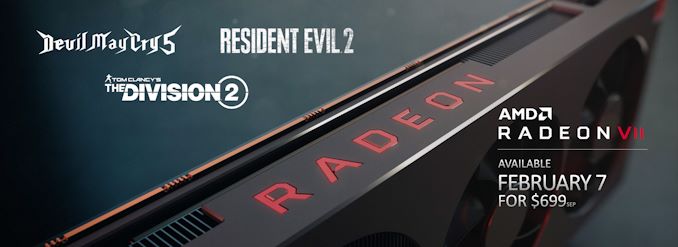
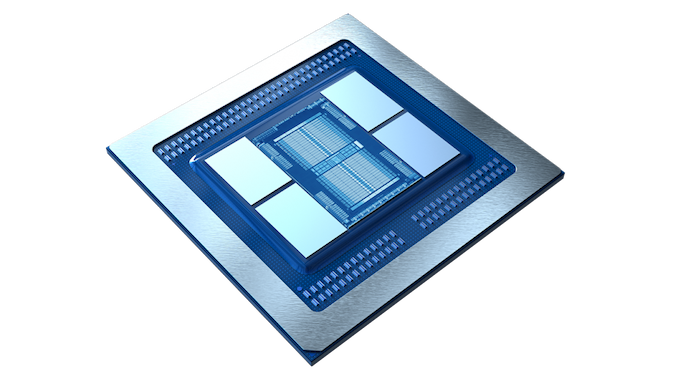
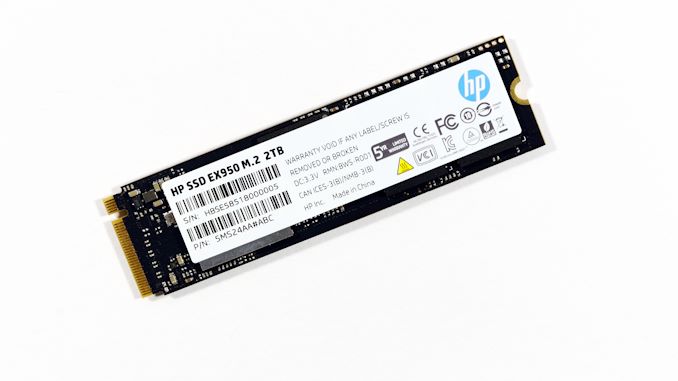
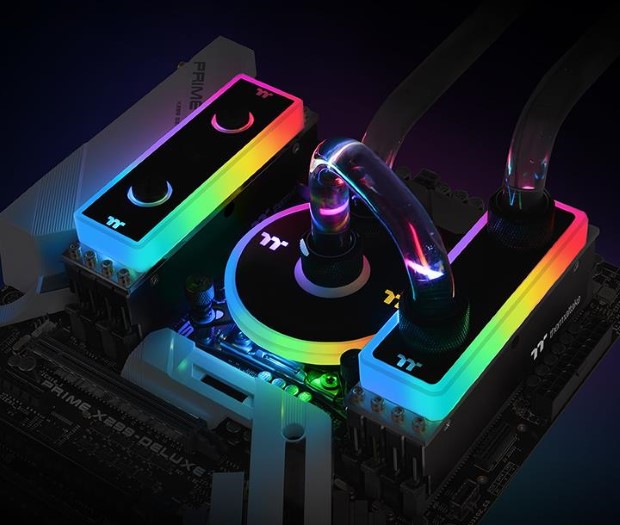
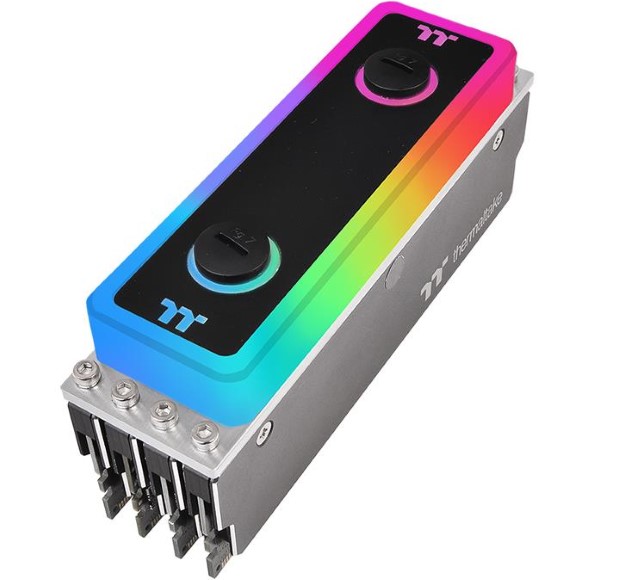
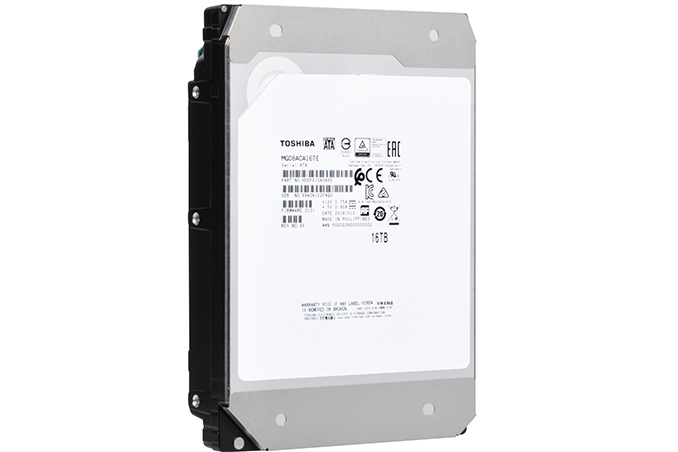
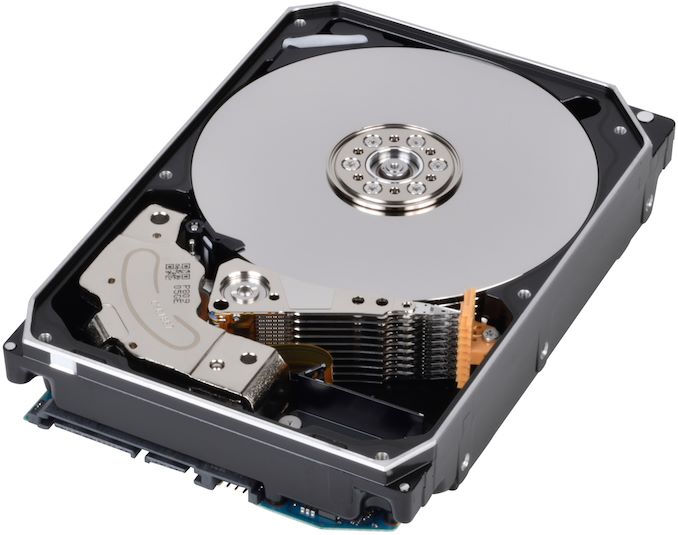
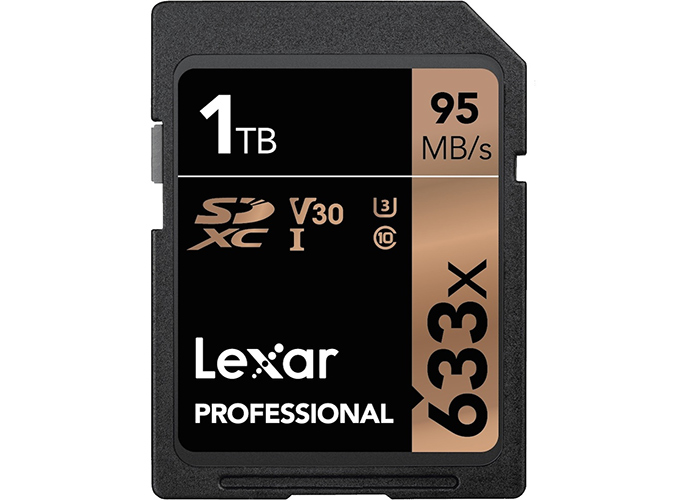
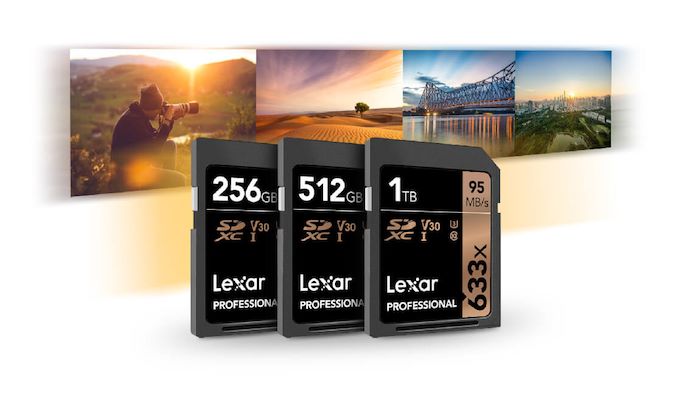
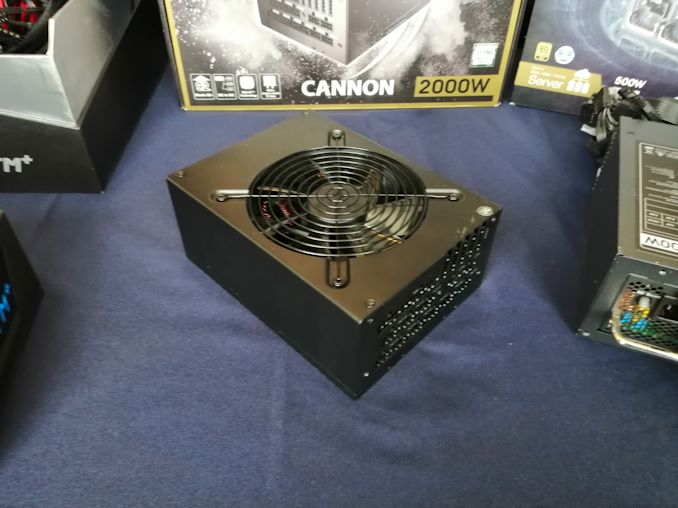
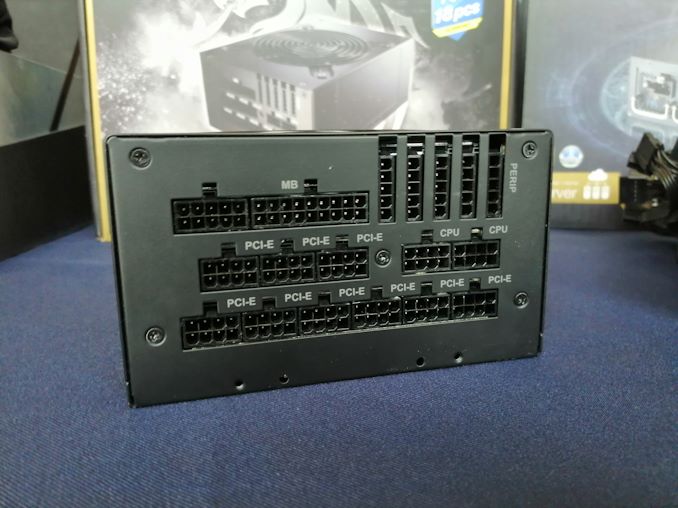
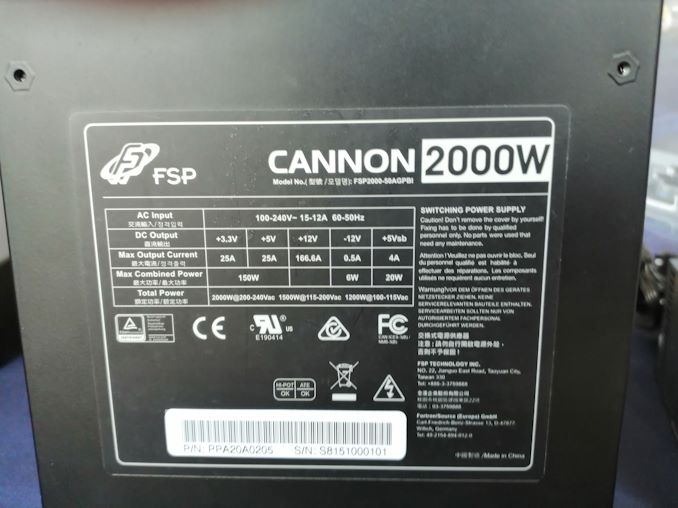
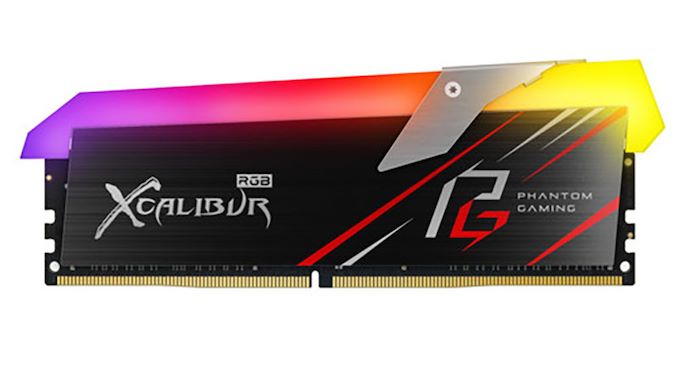
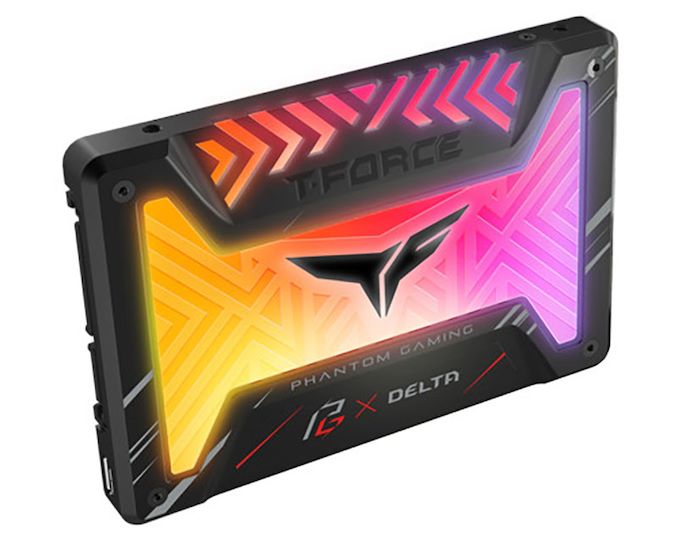
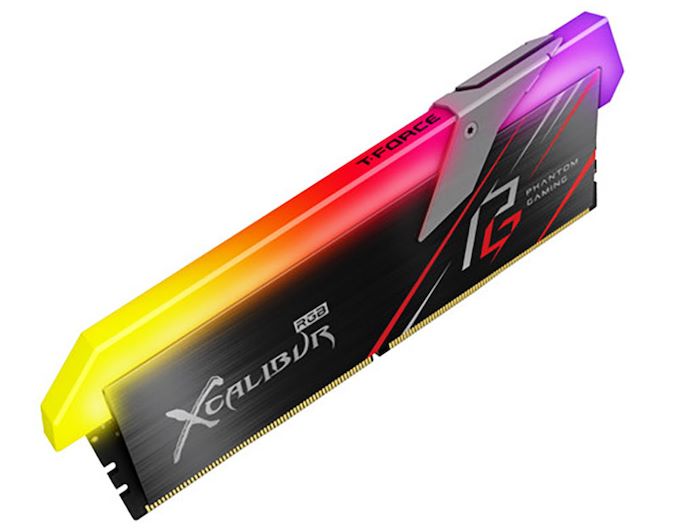
















Bookmarks